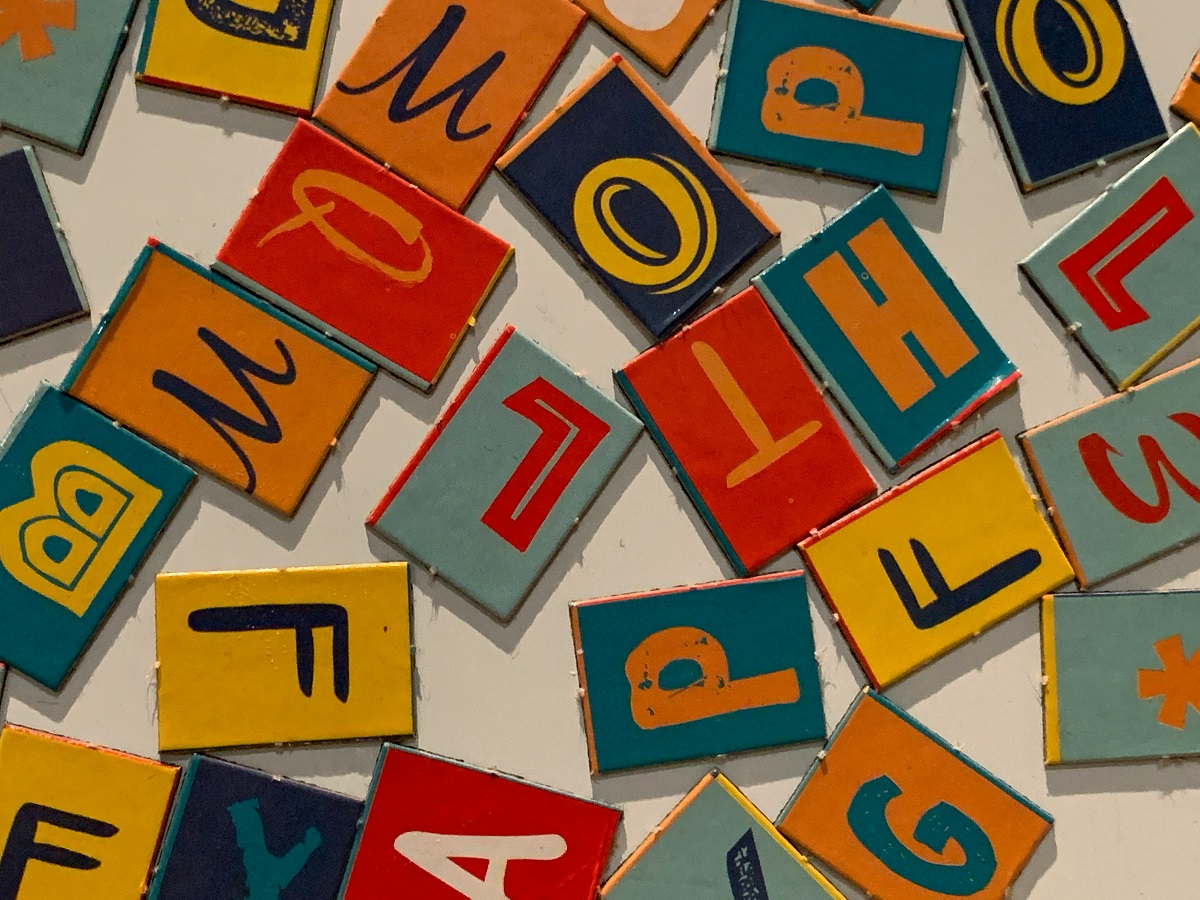
From the melodic sounds of Italian to the poetic grace of Persian, languages have a way of enamoring, inspiring, and finding their way into the very core of our beings. Sometimes, the beauty in a language can lie in the sound, rhythm, and even script. This beauty draws people from all over the world. Here are ten languages celebrated for reasons other than their practical use: for their aesthetic appeal, cultural richness, and the way they connect people beautifully.
1. Italian
Why It’s Beautiful: Referred to as the language of love, Italian mesmerizes any listener with its musicality, elegance, and that expressive intonation which naturally rises and falls with each sentence. From Dante’s poetry to modern operas, Italian retains a lyrical quality in speech that makes even casual conversation sound like a serenade.
Special Feature: Most characteristic to Italian are “double consonants” that add rhythm to words and a soft rolling effect pleasant to the ear.
2. French
Why It’s Beautiful: French carries soft, fluid phonetics and nasal vowels, which perhaps explains its appeal as the language of romance and refinement. The manner in which the words in French link into each other with ease often develops a seamless, near-hypnotic effect, both in everyday conversation and in verse.
Peculiarity: French often uses liaison wherein the last consonant of a word is pronounced if the next word starts with a vowel, putting a harmonious flow into sentences.
3. Arabic
Why It’s Beautiful: Arabic is celebrated for its rich history and expressive vocabulary, particularly in poetry and literature. Its flowing script and throaty, melodic pronunciation give it an otherworldly quality that resonates deeply with listeners.
Special Feature: Arabic includes a poetic form called “Qasida,” which emphasizes rhythm, meter, and ornate imagery, making the expression beautiful by telling a story in an interesting style.
4. Spanish
Why It’s Beautiful: Spanish is smooth and vibrant, with clear vowels and consonants. With its renown for passionate speakers and ever-animated intonations, Spanish brings life into every conversation and is greatly appreciated for simplicity in structure and rhythm.
Special Feature: Spanish has a regular and simple vowel system—a, e, i, o, and u—which makes its sounds distinct, rhythmic, and approachable.
5. Japanese
Why It’s Beautiful: Japanese is such a gentle language that it instills a sense of respect. The syllable mixture imparts it with soothing melodious rhythm in speech, be it in conversation, haiku poems, or songs.
Special Feature: Japanese uses three scripts—Hiragana, Katakana, and Kanji—which add to the depth and artistry of its visual beauty.
6. Portuguese
Why It’s Beautiful: Often described as a softer version of Spanish, Portuguese has a musical and melancholic tone, especially in the Brazilian dialect. Its nasal vowels and gentle, rolling consonants make it incredibly melodic and expressive.
Quirkiness: Portuguese boasts words like saudade, a term so hard to translate that it has come to signify a unique sense of nostalgic longing, highlighting the poetic nature of the language.
7. Russian
Why It’s Beautiful: Russian is such a powerful, commanding language; however, it is incredibly lyrical at the same time. With a rhythm that is both powerful and enchanting, it is often associated with classical music and literature.
Special Feature: It’s written in Cyrillic script, adding an exotic touch to its visual beauty, and produces peculiar sounds like the rolling “r.”
8. Persian (Farsi)
Why It’s Beautiful: Persian, with roots in ancient poetry, carries a romantic and soulful resonance. It is soft and flowing, often characterized as a whispering sound. The language has a long literary history, especially in poetry, giving it a timeless beauty.
Special Feature: Poetic Persian is renowned worldwide. Indeed, two of the most famous poets, Rumi and Hafez, created deeply emotive works that highlight its natural rhythm and soft intonation.
9. Hindi
Why It’s Beautiful: Hindi’s picturesque nature is rich in culture. It is emotive and almost musical in character, drawing largely from India’s classical music. Its rhythmic structure gives the effect that spoken Hindi is almost sung.
Special Feature: Hindi uses the Devanagari script, adding a delicate, intricate visual component that is as beautiful to see as it is to hear.
10. Korean
Why It’s Beautiful: Korean, with a simple and delicate sound, is a language whose syllables sound crisp and evenly paced. Its script, called Hangul, is often considered one of the most scientifically designed writing systems. With a unique structure and distinctive sounds, it’s extremely pleasant to hear in music and movies.
Special Feature: The Hangul alphabet is considered one of the most praised writing systems in the world, designed in the 15th century to be aesthetically pleasing and simultaneously easy to learn.
Honorable Mentions:
- Mandarin Chinese: Famous for its tonal beauty and characters of intricate detail.
- Swedish: Loved for its melodic, sing-songy pitch.
Final Thoughts
Beauty in a language is in the eyes of the beholder and varies based on personal experiences, cultural exposure, and even media. Each of these languages epitomizes the essence of the cultures they belong to and offers us different, beautiful expressions of human thought and ingenuity. Whether you’re looking to learn a new language or simply appreciate their aesthetic, these languages prove that beauty truly knows no borders.



